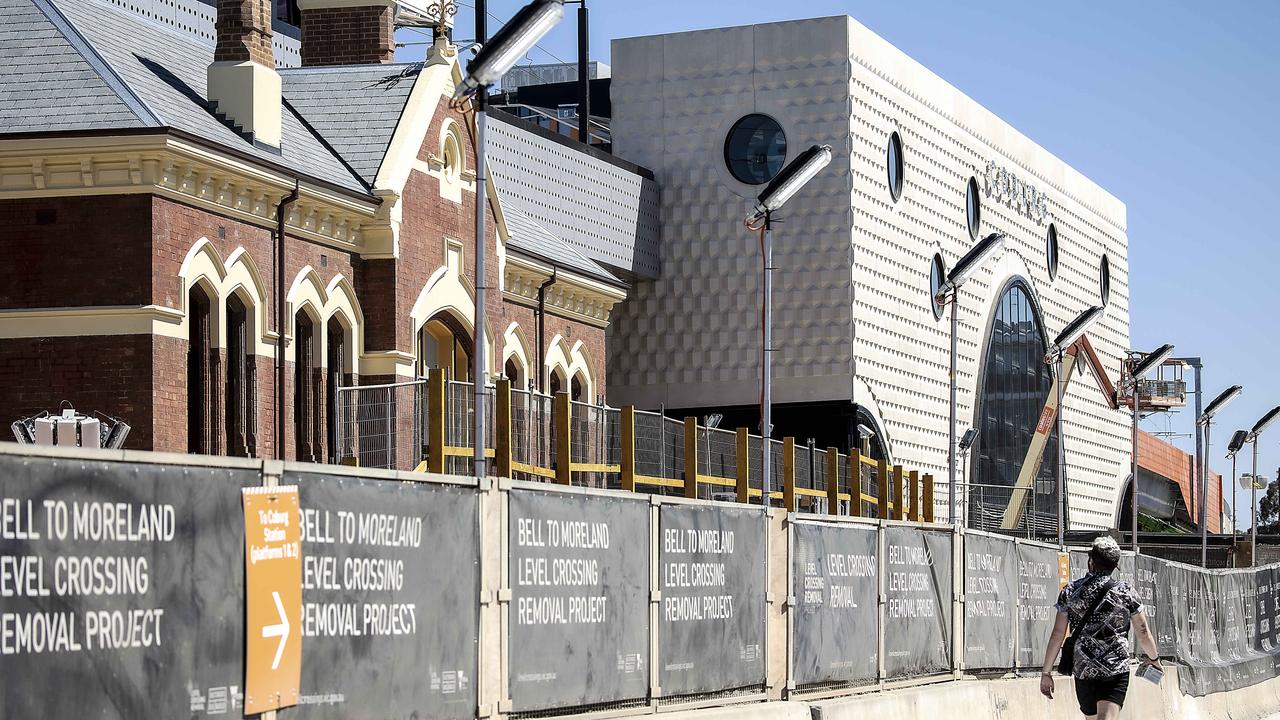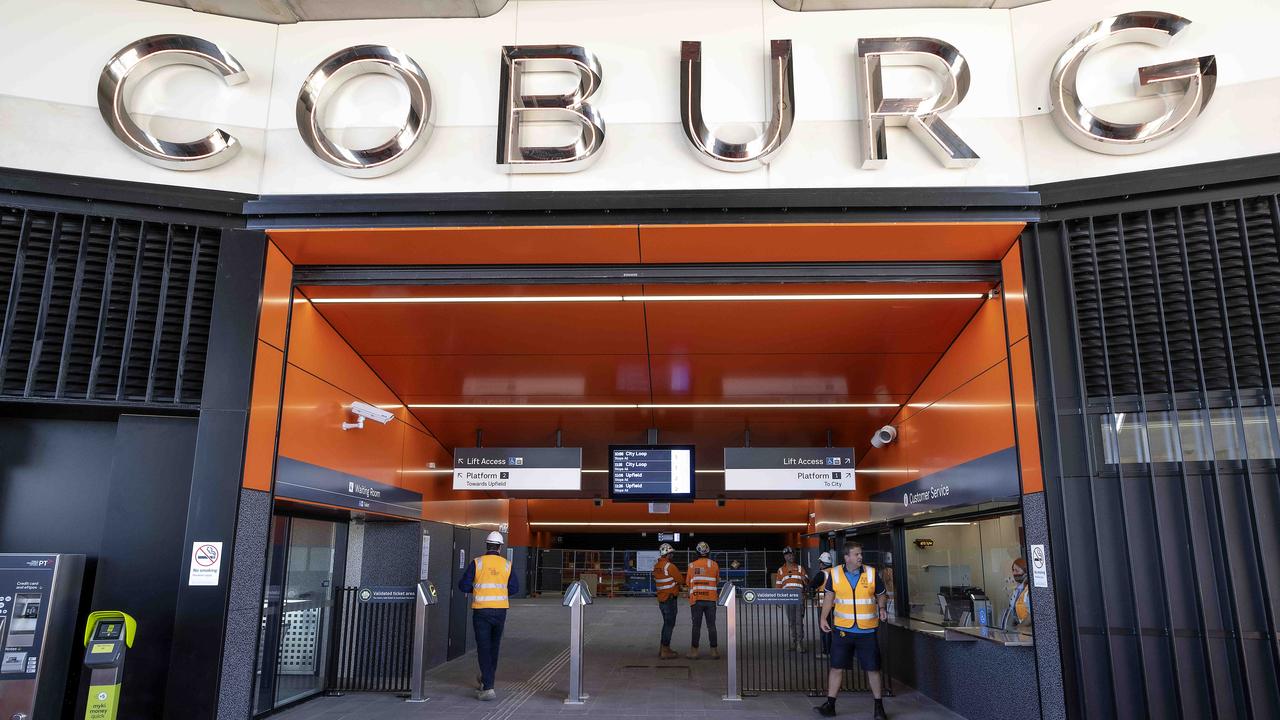Caspar stops all stations for school project
High school student Caspar Schoonbrood certainly had a one-track mind when it came to a school project that saw him photograph every one of Melbourne’s 222 train stations

READING LEVEL: GREEN
A high school student with a one-track mind spent five months photographing every train station in Melbourne.
Caspar Schoonbrood, 14, created a 168-page photo book featuring Metro’s 222 train stations after riding the entire Melbourne rail network for a school project.
And out of the more than 200 stations, he liked the revamped* station in the northern suburb of Coburg best.
“I like the fact that the old station has been left underneath and the new part simply looks great,’’ he said.


Caspar’s interest in documenting every station stemmed* from a desire to travel on all the train lines.
“It was a bit stressful at the end because I had to finish the photo book for my Year 8 project,’’ he said. “And because there were so many stations to visit I had to visit stations on weekends and on most weekdays after school.”
Chugging along after school, he visited five stations a day, and eight on weekends.
“I used the train for the majority of the station visits, so had to wait for the next train every time I got off to take a photograph,” he said. “It was a lot of work.”

Reflecting on his journey, he singled out Westgarth, in the north of Melbourne, and Seaholme, in the west, for their architecture*.
“There are quite a few stations among the older ones that I like. I really like the older-style station buildings and their features,’’ he said.
“I like how many of them have a veranda hanging over the platforms. Westgarth is a great example of one of the older-style stations.”
GLOSSARY
- revamped: changed or remade something in order to improve it
- stemmed: developed as a result of something else
- architecture: building design and style
EXTRA READING
Hyperloop rockets passengers in levitating pod
Train horn levels on wrong track
QUICK QUIZ
- How old is Caspar?
- How many train stations did he visit?
- How many months did this take?
- How many pages is the photo book he created?
- Why did he visit all the train stations?
LISTEN TO THIS STORY
CLASSROOM ACTIVITIES
1. School project
What a great idea for a school project! I’m sure lots of people would be interested in viewing Caspar’s photo book, especially train enthusiasts. Maybe he should sell it!
If you wanted to create a photo book as a hobby or for a school project, brainstorm some interesting subjects that you could possibly do:
–
–
–
Would you like to do this as a project for yourself? Maybe you could follow through with one of your ideas.
Time: allow 15 minutes to complete this activity
Curriculum Links: English, The Arts, Personal and social, Critical and Creative thinking
2. Extension
What learning would Caspar have acquired by completing this train project. List them below:
–
–
–
–
–
Time: allow 15 minutes to complete this activity
Curriculum Links: English, Personal and social, Critical and Creative thinking
VCOP ACTIVITY
Imaginative dialogue
Imagine you joined Caspar on a train trip to one of the stations he photographed. Now create a conversation between the two of you.
Don’t forget to try to use facts and details from the article to help make your dialogue as realistic as possible.
Go through your writing and highlight any punctuation you have used in green. Make sure you carefully check the punctuation used for the dialogue and ensure you have opened and closed the speaking in the correct places.

